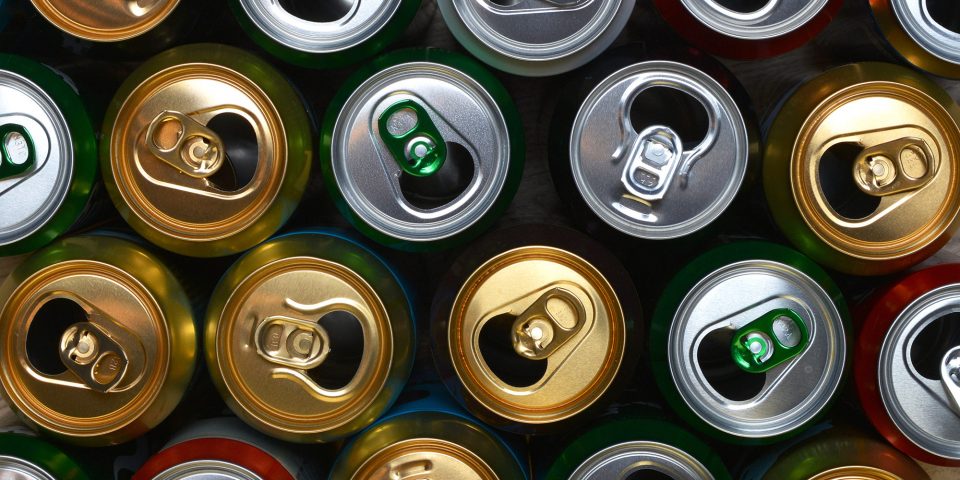‘Can’ it work? The canned wine trend sweeping the world – Part 1
Some may scoff, but there is a very valid reason why canned wine and hard seltzers remain the world’s biggest beverage trends, despite the COVID factor. Can canned wine be a game-changer in India’s complex market?
Wine… in cans.
Love it or hate it, this trend is here to stay. While mature drinkers with their love for Bordeaux or Barolo in classic 750ml bottles (Ed- and I am unabashedly one of them, mea culpa!) may turn their noses up at the idea, the numbers show that cans are the future for countries where millennials and Gen Z-ers dominate the market. India, where the majority of the population is below 35 and where wine is part of a new upscale culture, comes with its own limitations. Wine is often perceived as too pretentious, too expensive, or other-worldly, or simply out of reach for the larger population (high Indian taxes remain a source of vexation to producers and importers alike). Wine education is progressing slowly and steadily, but still has a long way to go. Ergo, wine literacy remains low on the scale of priorities for most Indians.
What then, do the wine companies in India do to bring in new consumers?
Simply put, they can tap into a booming world trend; skew it to fit Indian conditions, and wait for the results. In today’s gloomy pandemic-blighted scenario, when wine sales are not looking too cheery whichever corner of the world you look, pivoting and reinventing is one way to avoid annihilation in the marketplace.
Before the wine cognoscenti begin to scoff into their Zaltos of classified growth Bordeaux, let’s spell out some of the pros of why wine should also be sold in cans (here I am looking at some current international trends).
The draw of the millennials
A major part of the Indian populace is 25 years or below, with many of them widely travelled, highly qualified, creative, and curious. Yet, conventional wine in its 750 ml avatar, complete with embossed bottle and fancy label might be too much of a stretch to embrace from the get-go. Wine marketing mavens even in developed countries are struggling to draw young drinkers into the fold, only to see them turn to the allure of craft beer, hard seltzer, and (gasp!) non-alcoholic beverages (read Seedlip and its ilk). Given the baggage conventional wine carries, something simpler, lighter, which offers a fun quaff without the accompanying hoopla might hold greater appeal.
Enter wine in a can.
Eco consciousness rising
People are beginning to get environmentally savvy. The COVID19 pandemic has brought enlightenment and knowledge that the earth needs to be saved, and pronto. Heavy glass bottles with their massive carbon footprint are not the answer, then. Young people are increasingly drawn to beverage containers which can be recycled easier and have a lighter carbon footprint. In this, aluminum cans score over wine bottles.
Easy drinking
There has been a discernable shift away from the formal to the casual with Gen X, which has been raised several notches by the millennials. Casual socialising with an accent on picnics, sports events, game nights, and such are the norm; much less so the formal wine-paired sit-down dinners. Portable single-serve cans are undoubtedly lighter, easier to handle, and come without the paraphernalia associated with wine bottles (corkscrew, glasses, decanter, chiller etc). No contest here.
Zero intimidation factor
Wine in cans are bright, attractively packaged and without the mystery and intimidation factor of wines. There is no wrong way to hold a can, no complicated names of grapes and regions to memorise. Quaff and you’re done.
Low alcohol
Yes, this is a thing. Low alcohol beverage is a happening trend worldwide, and this, coupled with the fact that health concerns are very real in the COVID19 scenario, a low (er) alcohol alternative to regulation wine can be a sure-fire draw. Another startling factoid: millennials and Gen Z are not the binge-drinking generations we imagine them to be.
Low spoilage risk
Cans offer an oxygen-free, dark space where light strike and oxidation do not play spoilsport, and you have fewer chances of wine going bad in the can than in a fancily-corked but poorly-stored bottle.
Low commitment
This new canned wine segment addresses the practicality issue, says Mike Veseth of The Wine Economist, “Some consumers see the conventional 750ml bottle as too big a commitment… with cans there is no need for everyone to share the same beverage – some can enjoy red, others white, spritzer, etc…” See why millennials can be a target for canned wine?
All these factors are relevant to the Indian populace on its wine journey. But what of the ‘wine in a can is plonk’ perception? WIC Research carried out a blind test with 86 regular wine drinkers and found that overall, only 48.5% preferred the taste of wine from a bottle, while 45.3% preferred the canned equivalent. And those who like the wine in a can enjoyed rosé in cans the best.
A quick look at the big guns that have diversified by adding canned wine to their portfolio – E&J Gallo, Constellation Brands (Woodbridge by Robert Mondavi, Kim Crawford), Ste Michelle (14 Hands), and Treasury Wine Estates (the producers of Penfolds and Stag’s Leap makes the zippily-named Squealing Pig) – are some of the most successful names in the commercial wine world. Add to the list quality-focused producers like Francis Ford Coppola (his canned wine brand is Sofia, named after his famous director-daughter) and you have a clear-cut trend embraced by the best with no loss of prestige. Add to this the dawning awareness that to reach a new consumer segment you cannot just sell old wine in new bottles.
No wonder then, that Indian wine producers are now seizing the opportunity to offer variety to the Indian consumer.
India CAN! Can we?



